Spineless Prickly Pear Cuttings Plantly

Spineless Prickly Pear Cactus Southwest Nursery Wholesale Landscaping Supplies Dallas
Ellisiana Spineless Prickly Pear Cactus is a fine choice for the garden, but it is also a good selection for planting in outdoor pots and containers. Because of its spreading habit of growth, it is ideally suited for use as a 'spiller' in the 'spiller-thriller-filler' container combination; plant it near the edges where it can spill gracefully.

What Is A Spineless Prickly Pear Opuntia Cacanapa ‘Ellisiana’ Cactus Care
Spineless Prickly Pear . Opuntia ellisiana is a North American native that bears yellow (rarely pink, orange, or red) flowers and tiny, hidden spines. It grows 3 feet tall and 6 feet wide. Zones 7-10 Denny Schrock Prickly Pear Cactus Companion Plants .
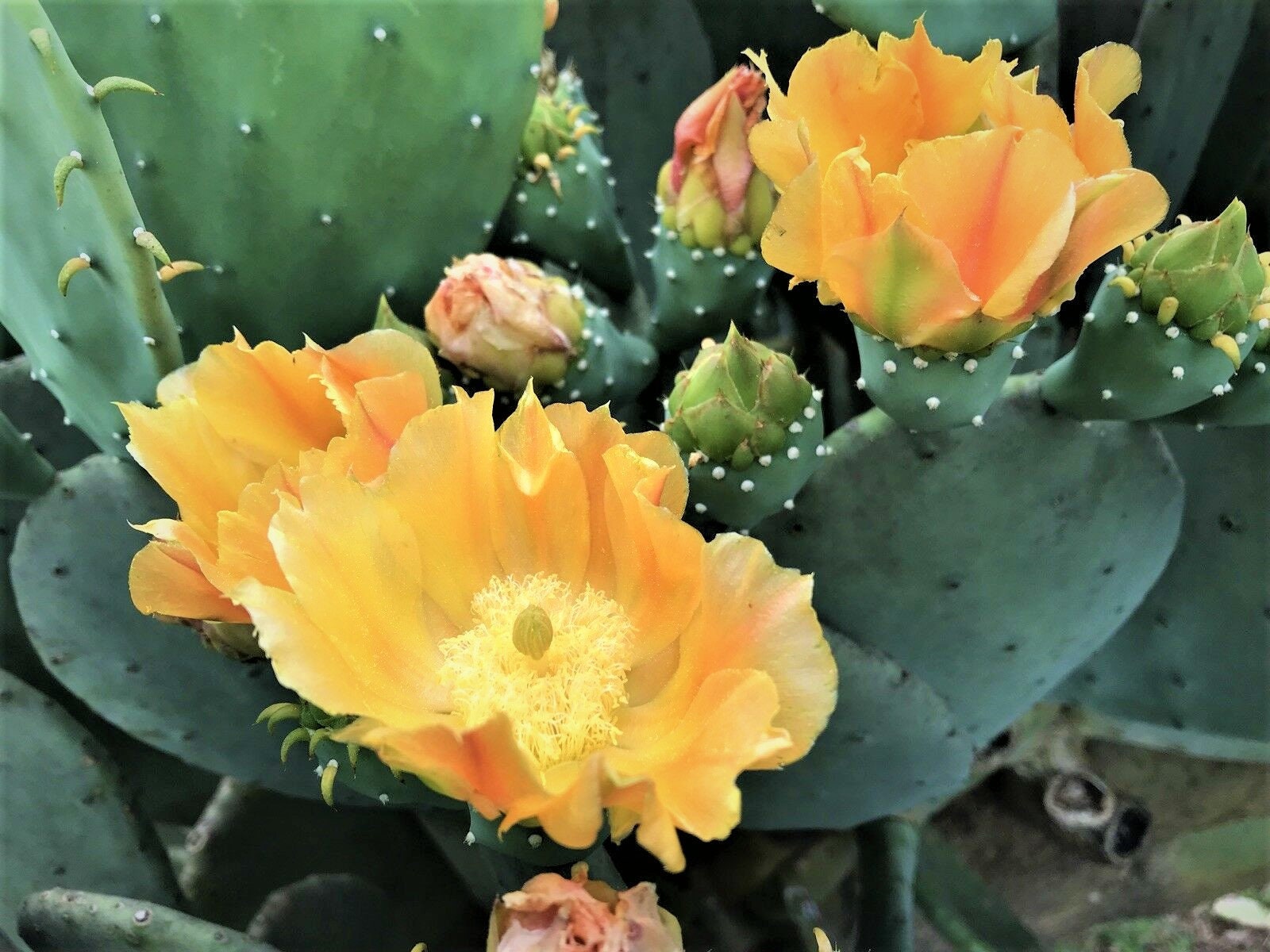
Spineless Prickly Pear Cactus Cacanapa Ellisiana Etsy
There are also spineless varieties like O. ellisiana and others. The pads, flowers and fruit of most varieties are edible after careful cleaning. Most prickly pear plants are found in warm, dry climates like the Southwest, although there are some cold-hardy varieties such as the Eastern prickly pear (O. humifusa). As the plants prepare for.

PRICKLY PEAR, SPINELESS/OPUNTIA ELLISIANA Backbone Valley Nursery
Plant database entry for Spineless Prickly Pear (Opuntia engelmannii var. lindheimeri 'Ellisiana') with 19 images, one comment,. Purchased one from a local Nursery, I thought I was buying Eastern Prickly Pear (Opuntia humifusa) which looked similar in my memory. Upon entering it I see no references to it being hardy in Zone 5 so we shall see.
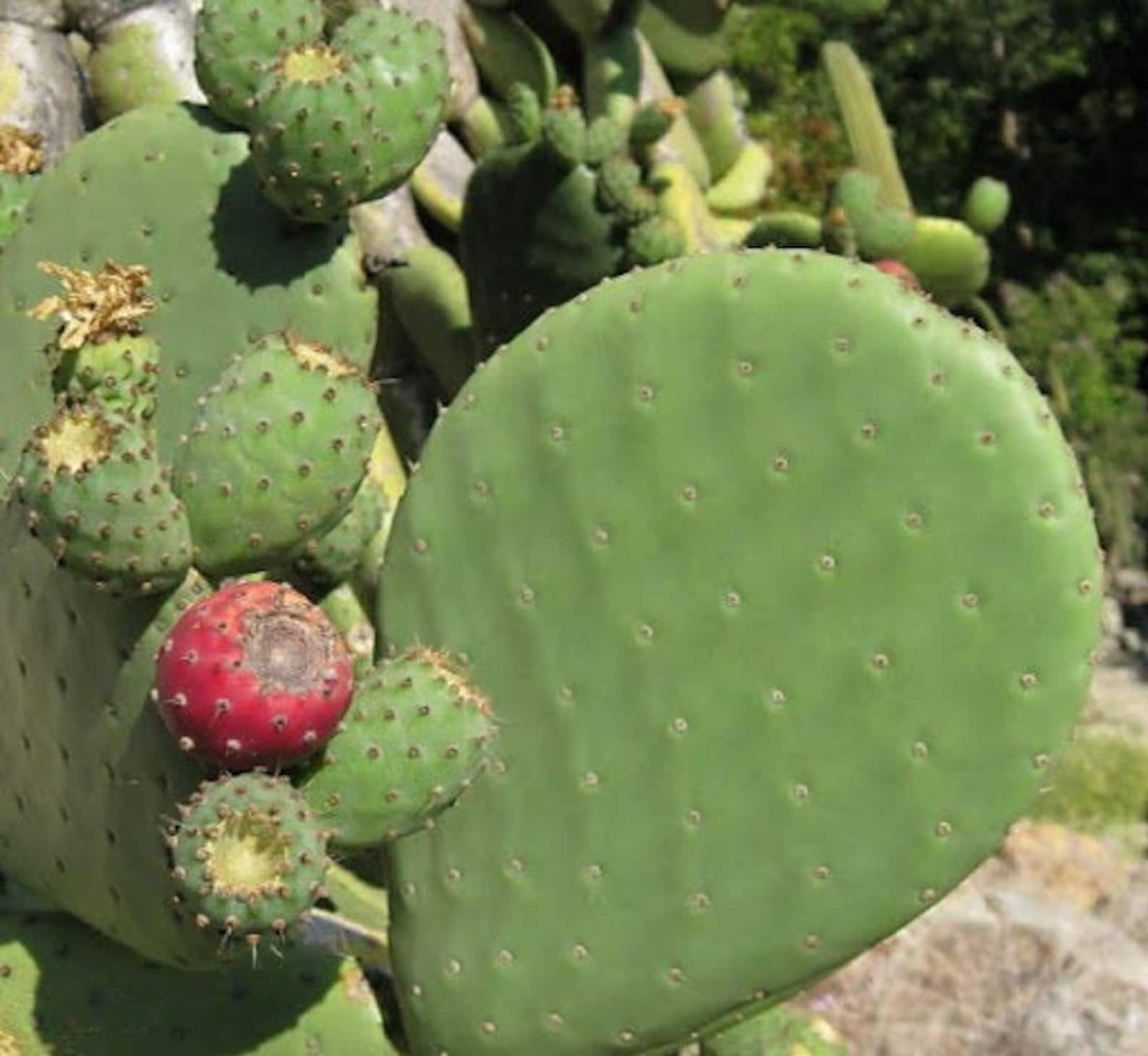
Spineless Prickly Pear Cactus. Opuntia Cacanapa Ellisiana Etsy
Spineless is a relative term when it comes to prickly pear; though it lacks long visible spines, the "eyes" (glochids) still bear irritating slivers and should be handled with care, even when wearing gloves. Pads can be safely held between the glochid dots (but don't poke them in the eyes). Prickly pear can be cut back as needed (even to.

Cultivate Spineless Prickly Pear for Food Grit
All You should know about Spineless Prickley Pear (Opuntia Ellisiana) > how to care and characteristics 🌱 PlantIn 🌿 Our best expert are here for your plants! Plant Identifier Flowers Succulents Cactuses Ferns Shrubs Trees Grasses Herbs Foliage plants Veggies & Fruit Houseplants Aquatics

TX Spineless Prickly Pear Cactus Etsy
Looking for a way to remedy the prickly pear's spiky conundrum, plant breeder Luther Burbank began working in the early 1900s to refine and promote the naturally spineless varieties. Between 1907 and 1925, as a result of years of work on his farm in Santa Rosa, California, Burbank introduced more than 60 new cultivars of spineless cacti.

Opuntia Ellisiana Spineless Prickly Pear Cactus Fully Rooted Etsy
Opuntia aciculata: Referred to as chenille prickly pear, old man's whiskers, and cowboy's red whiskers, this ornamental cactus is known for its yellow and red spines and a potential height of 4 feet. It grows in zones 8 to 12. Opuntia basilaris: Also called beavertail prickly pear, this species has velvety pads and deep purple-red flowers.
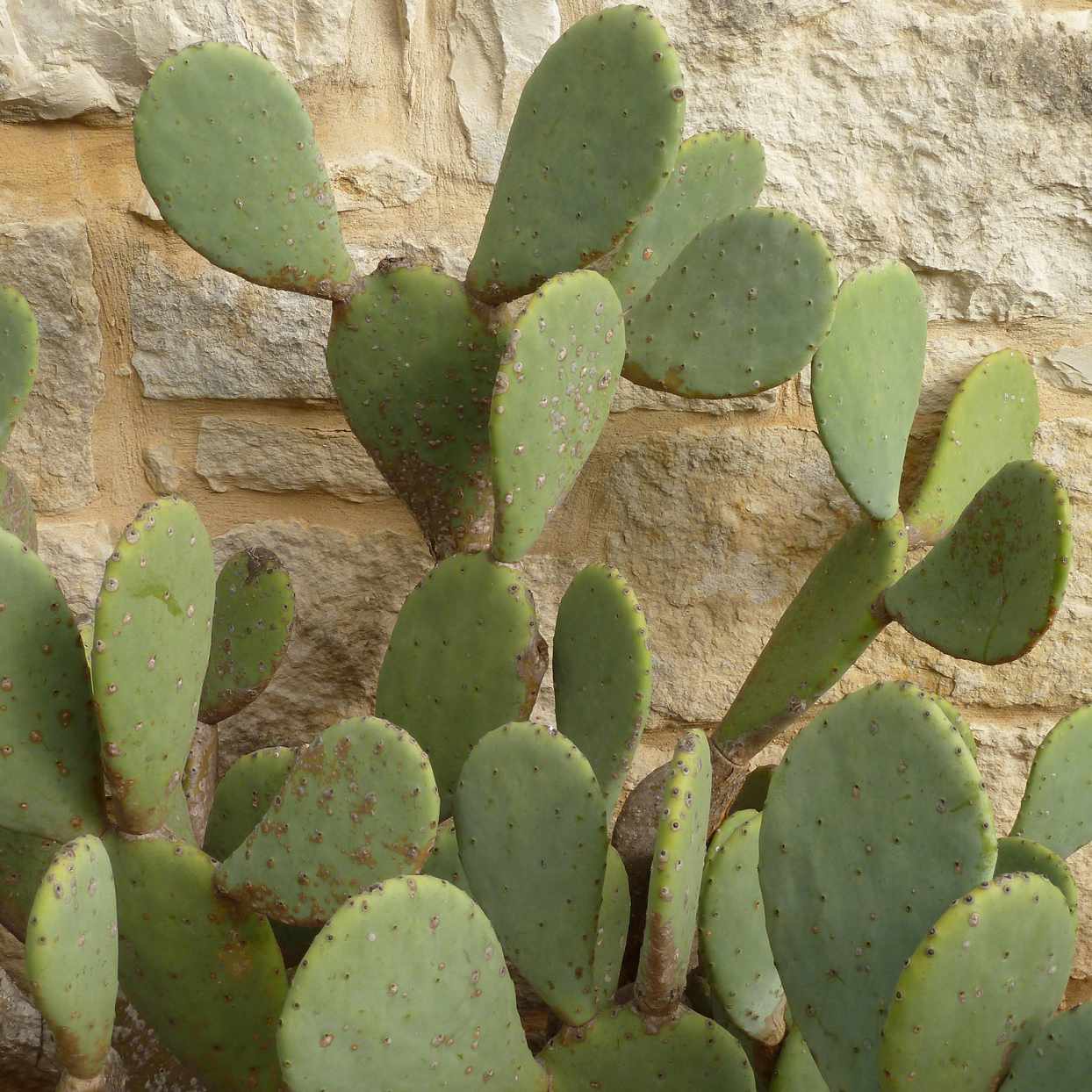
Prickly Pear Cactus Better Homes & Gardens
Burbank's plant is a form of the less hardy Opuntia ficus-indica. Our plant is a spineless selection of the US/Mexican native Opuntia cacanapa named 'Ellisiana'. For us, this fast-growing but compact opuntia makes a 3' tall x 6' wide deer-resistant mound (in 5 years) of 6" grey-green spineless pads. In August, the clump is topped with large.
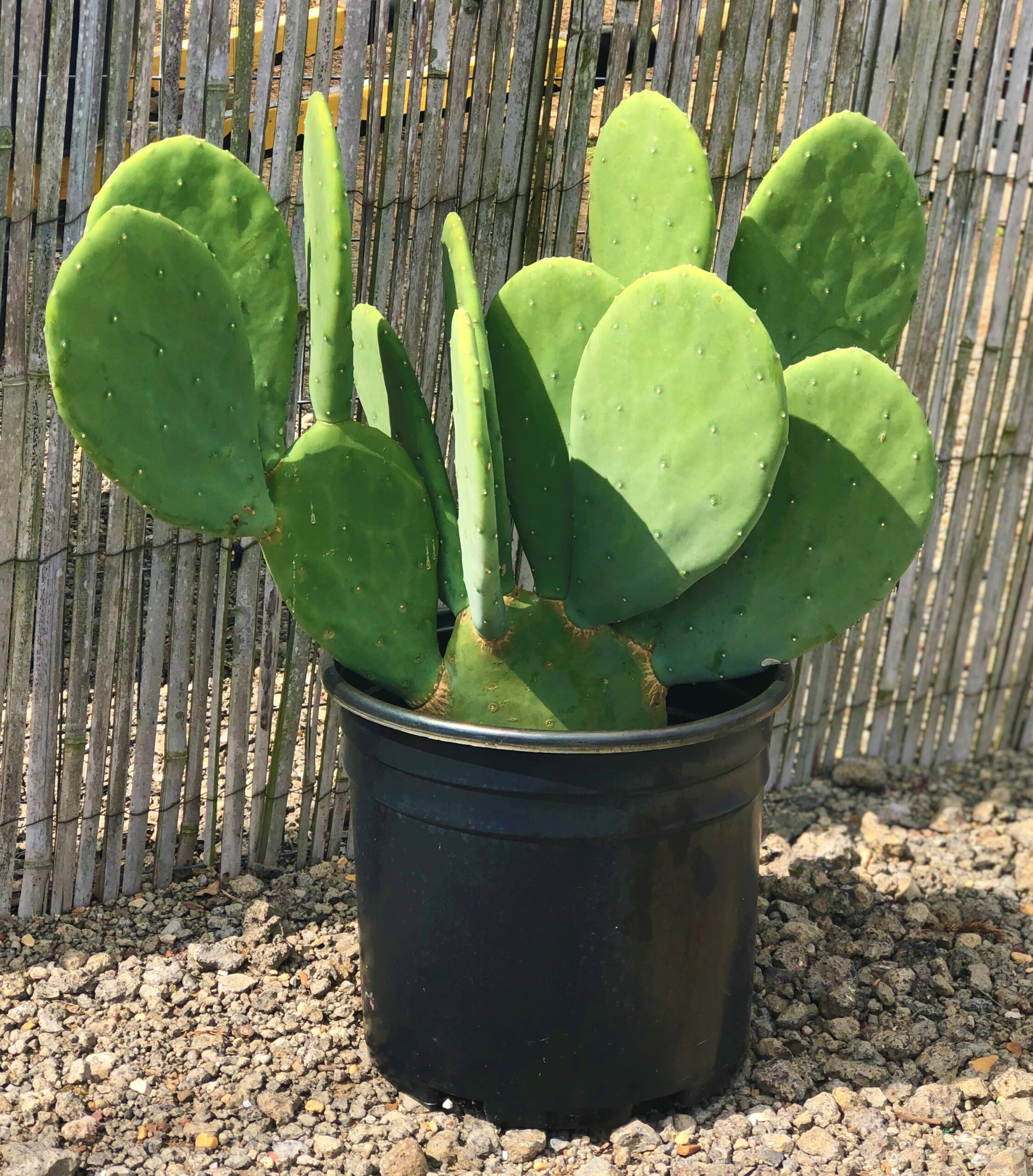
THGC Spineless Prickly Pear Cactus THGC
Characteristics of Prickly Pear Spineless. Prickly Pear Spineless is a unique variety of the Opuntia cactus species that is known for its remarkable . Unlike its spiky counterparts, this particular cactus lacks spines, making it more accessible and safer to handle. Let's explore the distinct features that set Prickly Pear Spineless apart.

'Old Mexico' Spineless Edible prickly pear Cactus Opuntia 1 Pad Hardy eBay
What Is Prickly Pear? The Opuntia genus is a collection of about 150 species, commonly referred to as prickly pears or pricklypears. Other common names for various members of this genus include Barbary fig, nopal cactus, paddle cactus, Indian fig, devil's tongue, and cactus pear.
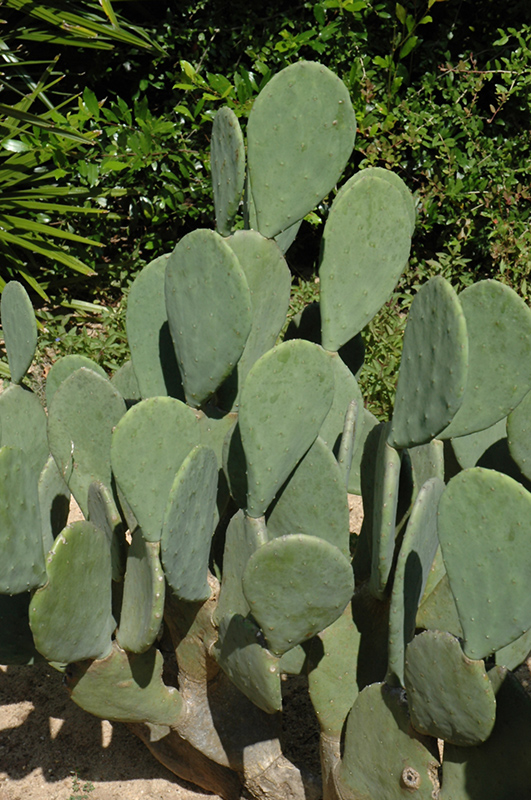
Ellisiana Spineless Prickly Pear Cactus (Opuntia cacanapa 'Ellisiana') in San Antonio, Texas (TX
Opuntia, commonly called the prickly pear cactus, is a genus of flowering plants in the cactus family Cactaceae, many known for their flavorful fruit and showy flowers. Prickly pear alone is more commonly used to refer exclusively to the fruit, but may also be used for the plant itself; in addition, other names given to the plant and its specific parts include tuna (fruit), sabra, sabbar.
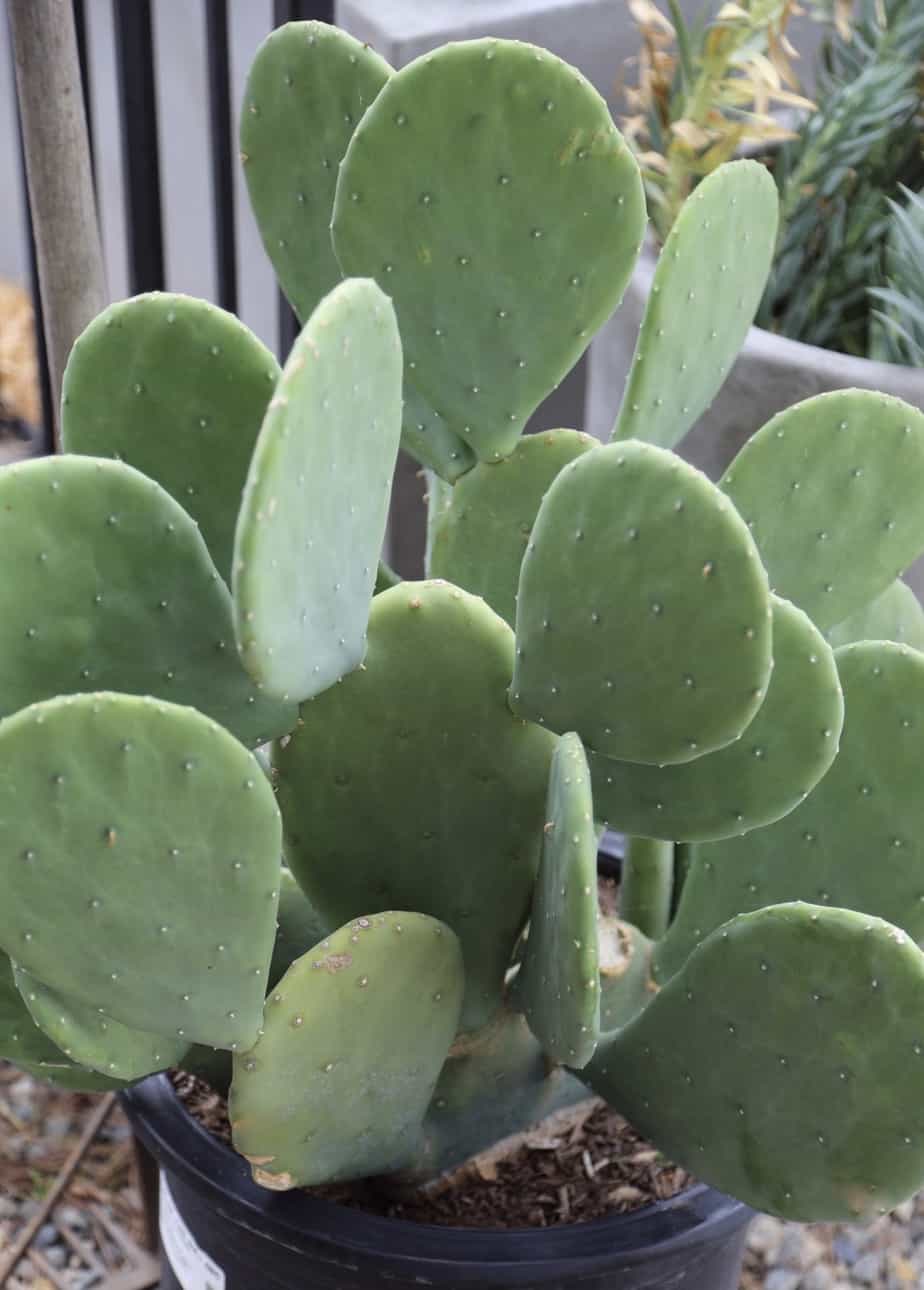
Spineless Prickly Pear Cuttings Plantly
Spineless Prickly Pear is a relatively rare houseplant 🌿 that needs very little water to thrive. They do best in long-lasting, direct light ☀️ and should be less than 1 foot from a window. Spineless Prickly Pear likes soil that is extremely well-draining. Your plant shouldn't need added fertilizers if you repot each time it doubles in size.

Spineless Prickly Pear Desert Landscape, House Landscape, Landscaping Plants, Front Yard
This video celebrates a spineless variety of Prickly Pear [a variation of Opuntia cochenillifera]. There are tips on growing and trimming the cactus for bes.

What Is A Spineless Prickly Pear Opuntia Cacanapa ‘Ellisiana’ Cactus Care
Aside from the fruit of some varieties, their pads are also edible and are widely used in different cuisines in Mexico, California, and Texas. And because of its ease of propagation and adaptive growth, the spineless prickly pear became a popular ornamental plant too. Through late spring and summer, the pad-like stems bear 3 to 4 inches of.

Spineless prickly pear (Opuntia ellisiana) Stock Image C033/6428 Science Photo Library
The user-friendly spineless forms appear to be the more common in cultivation. Opuntia anahuacensis (Beach Prickly Pear) Opuntia arechavaletae. Opuntia arenaria (El Paso Prickly Pear) Opuntia argentina. Argentine Opuntia or Opuntia argentina, or simply the Argentia cactus, has its origins in Argentina and South Africa. These cacti grow in the.